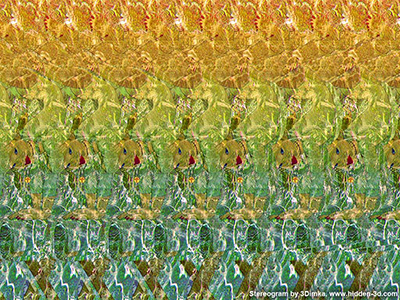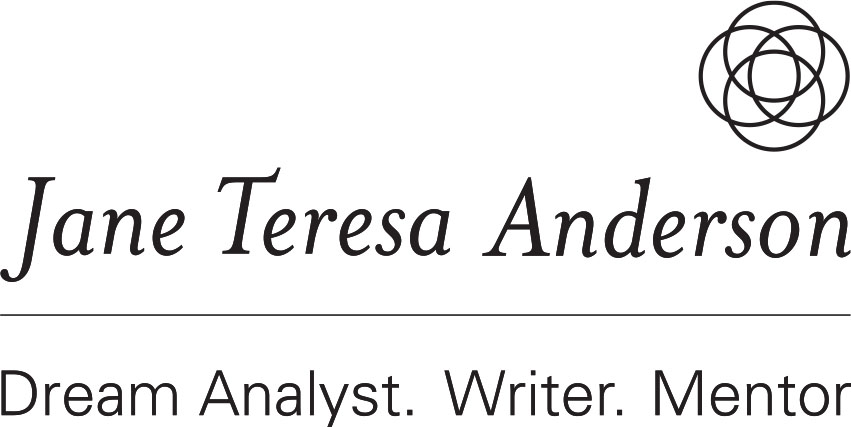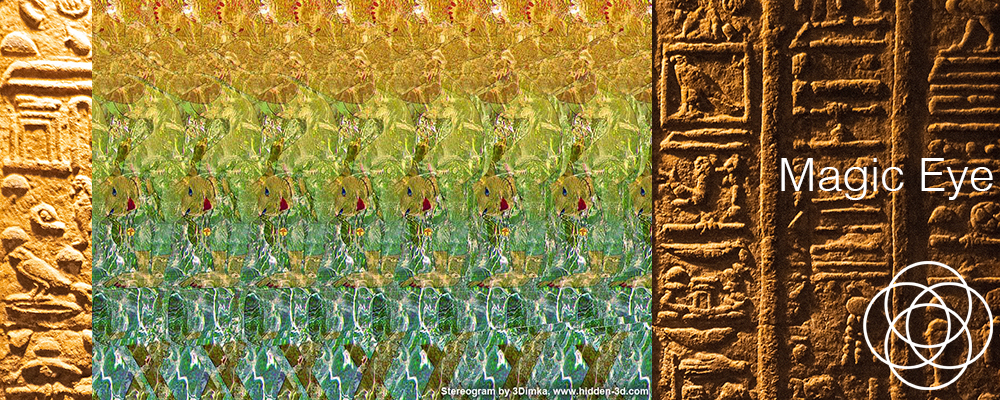In a recent dream, in a fairy-tale setting, I knelt at a fireplace in an open courtyard, gently tending the clay tablets etched with exquisite symbols that I was baking in the flames.
At least, that’s how the scene would have looked to some of the people watching.
Other onlookers, in my dream, were astonished by the magic I was performing, reaching into the fire with my bare hands, extracting beautiful works of art born of flame and magical spells.
In my eyes, in my dream, I was doing my work, inscribing my first draft into wet clay before passing it through the alchemical fires of the deeper work to produce the final, polished piece.
The dream metaphor could apply to writing – a book, a blog, an article – but on waking I knew that it was, on one level, about writing dream interpretations for those who choose a written interpretation over a Zoom consultation.
There’s an art and a science to interpreting dreams, a way of looking that can seem quite magical until you learn how to do it yourself.
My dream shows that there is a part of me that sees the process as straightforward and methodical (represented by the people in the dream who saw me simply baking the clay tablets in the flames).
There’s another part of me that is constantly astonished by the seemingly magical way in which a dream interpretation falls into place when you reach into the work with your bare hands, trusting the alchemy of the process.
At a deeper level still, my dream is not only about my work in the world, but also about the alchemical process of my own personal and spiritual enquiry.
When I interpret dreams, I draw the dreamer’s attention to the various concurrent levels of their dream’s meaning: how it relates to their outer world as well as how it relates deeply within their inner world.
In this way, interpreting a dream involves focussing on different levels, looking into the dream rather than at the dream.
Do you remember the Magic Eye books that were popular in the early 1990s?
Depending on how you looked at the images in these picture books, you saw either two-dimensional patterns or three-dimensional pop-up scenes. Here’s one to try:

Stereogram by 3Dimka at hidden3d.com
The images are auto stereograms, sometimes used by optometrists to test eyesight. If you have a binocular or stereovision impairment you might not be able to see the 3D image seemingly hidden in the first-glance pattern. But before you self-diagnose or rush off to book an optometry appointment, have another look at the image above. Instead of focussing on the surface of the picture, soften your eyes as if you are looking beyond the image. Think of the image as a curtain or veil and look through it to see what’s at some distance behind it. If this doesn’t work for you, let your eyes go a bit crossed as well. Once you’ve got the knack, Google ‘magic eye’ for a feast of fun examples.
Today’s blog is inspired by a recent client’s response to my written interpretation of her dream. She wrote, “I just realized the movie was in 3D and the damn glasses were forgotten on the top of my head.” A dream makes sense when you discover how to look at it. I played with her metaphor, which is totally apt, and spun it into the Magic Eye version because I thought you’d have fun with it.
If you’ve not yet learned the art and science of how to look into your dreams to see the meaningful pictures within, you might want to do this course, or ask me to do the looking for you.
You might also enjoy


